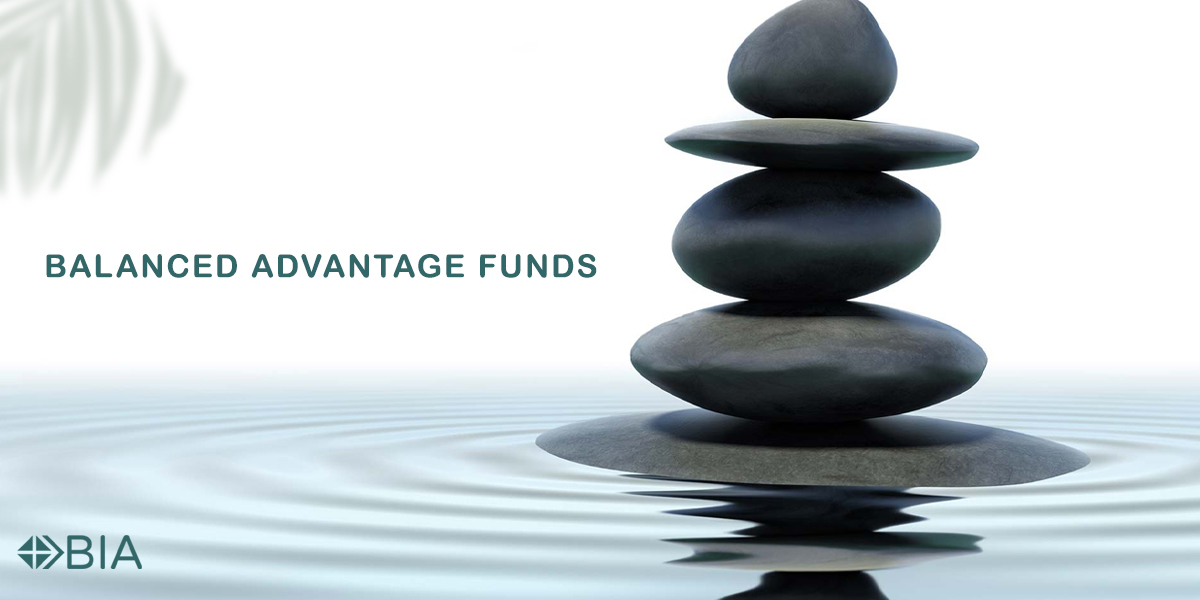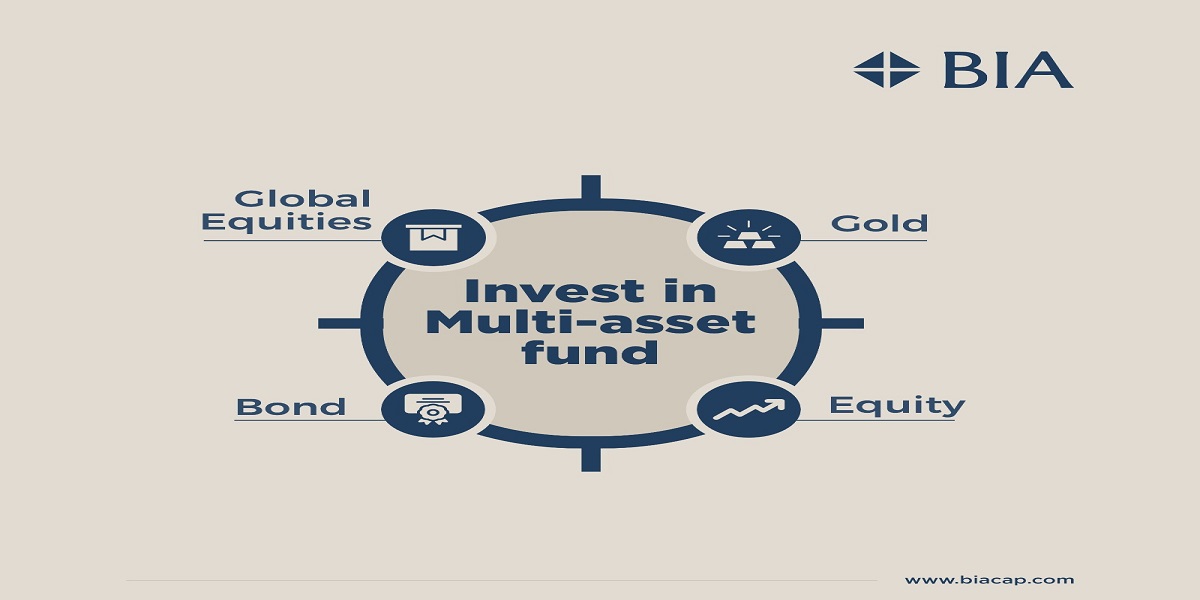The Importance of Asset Allocation cannot be undermined in the success of an investment portfolio. Asset allocation has been a successful tool to protect a portfolio from market fluctuations.
As per SEBI categorization, an Investor has a choice of investing in 6 different categories of Hybrid Funds. One can select from Equity Savings fund, Multi-Asset Funds, Dynamic Asset Allocation fund, Conservative hybrid, Balanced Hybrid, or the aggressive Hybrid funds as per the risk profile.
Dynamic Asset allocation products popularly known as the Balanced Advantage funds have proved themselves as successful asset allocation solutions or rather been an all-season fund for the investors.
Key Takeaways
- Dynamic Asset Allocations strategies protect the downside
- Combination of Equities for Growth & Debt for Stability
- Equipped to make the most from both over-valued and under valued market conditions
- A long term investment avenue of wealth creation for conservative investors
What are Balanced Advantage Funds?
Balanced advantage funds are hybrid funds that dynamically manage equity & debt exposure following a dynamic asset model based on quantitative & other parameters.
SEBI has not mandated any upper or lower limit for the equity or debt allocations for the category. Thus a BAF may go 100% into equity or 0% into equity. But generally to maintain the equity taxation of the fund majority of the funds maintain a gross equity exposure of 65% plus including arbitrage portfolio. The funds also use derivatives to hedge their equity exposures.
The main components of the Asset allocation are
a. Pure (Net)Equity Exposure – Pure equity is the allocation to equity (unhedged) according to the dynamic asset model followed by the fund.
b. Arbitrage – Equity exposure that is completely hedged and not exposed to market risk. The arbitrage portion of the portfolio generated risk-free profits based on arbitrage opportunities available.
c. Debt – Debt allocation is usually capped to 35% of the portfolio to maintain the Equity category status for the fund. Currently, the debt allocation of the majority of the funds is in low-duration good quality papers.
Dynamic Asset Allocation Models
Dynamic asset allocation models can be divided into two major categories :
Counter Cyclical Model
- Buy low and Sell high is the simple logic followed by the model.
- Increase equity allocation when valuations are low and vice versa
- Valuation metrics like the P/E, P/BV of the major indices are considered for decision making.
- These models are simple to understand and tend to be less volatile in market correction. Profits are booked regularly.
Pro-cyclical Model
- The Pro-cyclical models try to follow the trend.
- Increase their equity allocation with rising markets and vice versa.
- The models are based on market trend indicators like the moving averages and indicators of strength in the trend like Market Volatility & Downside Deviation of major indices.
- Pro cyclical models may see lesser draw downs in deeper and longer corrections.
advantages of investing in BAF
a. Optimal Asset Allocation – The allocation to Equity and debt is based on the model selected by the fund manager for the scheme. As the investment is done by a model no human intervention or emotional biases affect the allocation, which helps in generating a better risk-adjusted return for the investor. Rebalancing of the portfolio is done at regular intervals
b. Tax Efficient Returns – Balance advantage funds are categorized as Equity funds and thus generate tax-efficient returns compared to other hybrid funds.
c. Lower Volatility – The funds have low volatility as the funds are managed dynamically. The sharp highs and lows work in favor of the investors.
Things to keep in mind before investing
- Asset allocation Model – Understand the asset allocation strategy before investing. Some funds have a very low or negligible investment in unhedged equity, which may result in higher volatility. Each model has a different set of criteria to decide allocations. In short run the funds in the category may generate very different results.
- Long term Alpha – The fund will generate long-term alpha as the benefits of asset allocation play out. Don’t invest in the fund for a shorter duration.
Performance of selected Balanced Advantage funds
| Balanced Advantage Funds |
AUM in CRS. | Return 1 year |
Return 2 years |
Returns 3 years |
Return 5 years |
Current Equity Exposure | Strategy | Remarks |
| ICICI Pru Balanced Advantage Fund | 32942 | 26.39% | 15.16% | 11.22% | 10.45% | 40% | P/BV Strategy for Equity Allocation | The Category Icon. Consistent Performer |
| Edelweiss Balanced Advantage Fund | 4308 | 31.61% | 21.83% | 12.92% | 12.22% | 60% | Trend Based Allocation | The Star Performer |
| Nippon India Balance Advantage fund | 3722 | 30.04% | 14.97% | 10.88% | 11.09% | 40% | Forward P/E & Trend Analysis | Top Quartile performer |
| Union Balance advantage fund | 1038 | 21.59% | 16.39% | 12.26% | 36% | UMPI – 4 parameters ROE, Growth in value driver, Risk-free rate & Riskiness of cash flow | Top Quartile performer | |
| Kotak Balanced Advantage Fund | 9380 | 21.59% | 15.14% | 34% | Historical Valuation & trend sentiment data | Daily Rebalancing | ||
| Invesco India Dynamic Equity | 665 | 20.95% | 15.06% | 12.26% | 10.22% | 64% | Trailing P/E, Standard Deviation & Relative valuation to the G-sec yield | Multi cap strategy for stock selection |
Conclusion
Balanced advantage funds are all-season funds, navigating an investor through up-downs comfortably with the help of asset allocation strategies. The Tax-efficient returns are an added advantage. As asset allocation is a must for any investor the fund should be part of your portfolio at all times. It will bring stability and long-term returns with less volatility to your portfolio.
Do share your views in the comments section.
Some suggested readings on the topic
ICICI Prudential Balanced Advantage Fund, Kotak Balanced advantage fund, Edelweiss Balanced advantage fund




